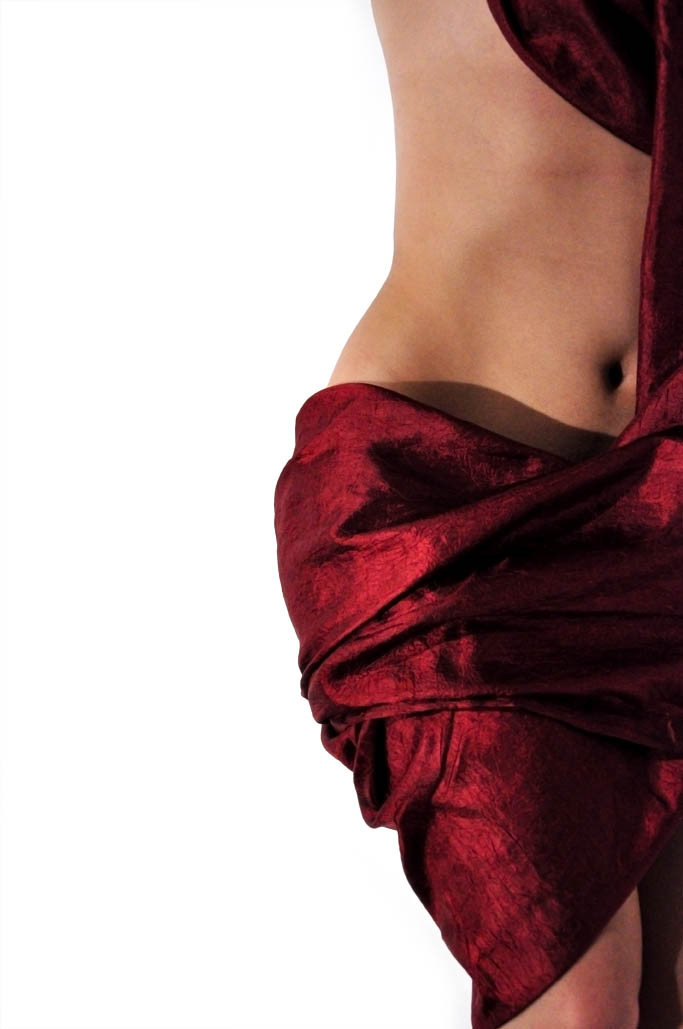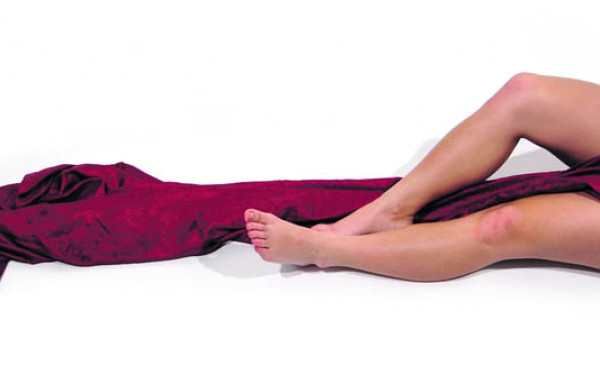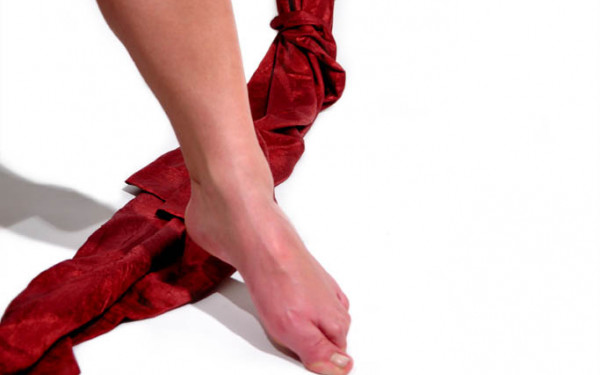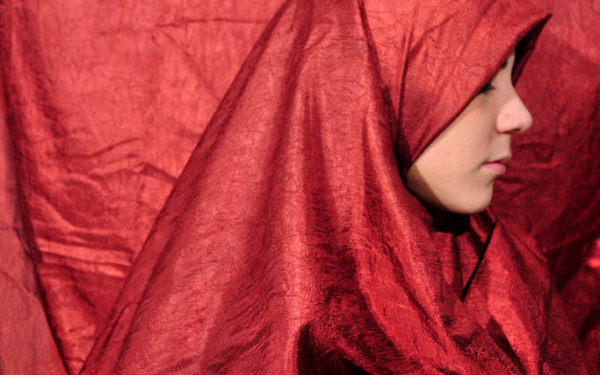The Women’s Issue
Women’s Spaces, Specialized Dates:
sWhat is significant about March 8? Who is included in this cultural calendar day and what problems does this specialization impose on the rest of the year? Jessica Young and Alexandra Blair challenge the celebration. See http://thelinknewspaper.ca/article/1135Women in Print, Women in Tech:
Three writers explore technological, industrialized and traditionally male-dominated workspaces in the search for alternatives.
See
On Manly Feminism:
How male feminists navigate gender politics and identity.
See http://thelinknewspaper.ca/article/1139
Drag, Fundraising and Feminism:
How Queens–in their fabulous, exaggerated feminine glory–have become beacons for women’s rights. See http://thelinknewspaper.ca/article/1140 What images come to mind when one thinks of “women?” How does one create a visual theme for a decidedly feminist issue that is both graphically pleasing while expressing the essence of women?These were the challenges presented to us in the task of finding a suitable aesthetic to enhance the pages of this special issue. We started our process of exploration by thinking of all of the images that we associate with women, and soon realized the extent to which these ideas, images,and symbols varied from person to person.
We found it impossible to solve this problem with a specific symbol that adequately represents women to everyone, and found it was very difficult to create this visual discourse about women without actually showing the female figure.
Increasingly drawn to the idea of a feminine curve, we decided that this contour could provide us a graphic shape that could define the feeling we wanted to express in this issue.
As we progressed we took this idea even further, eventually finding that creating interplay between fabric and form could enhance our attempt at female representation, with its organic rhythms and gestures. The use of fabric also provided us with the means of designing consistency from page to page, often expressing how a feeling of the feminine could be felt without having to actually show it.
Also acting as a thread between the physical body and the social issues surrounding women, we spent a fair amount of time debating whether or not to show an actual model, or to revert to more of a graphic representation of it. With the fabric, we attempted to achieve both, at times experimenting with the possibility of using simplified shapes rather than photographs. We felt that this would maintain a spirit of openness similar to the attitude we encouraged in discussing women’s issues.
Ultimately, we decided it would be more effective to portray the actual body, though we understand that it may be a challenging or contested form, depending on your interpretation of, identification or lack thereof, with it.
The entire process of putting together the women’s special issue has been a huge learning experience for all of us on the production team. The narrative we’ve attempted to create here is an artistic effort to understand how the female form politicizes our visual space.
We have learned a great deal about the issues concerning women’s space, and the great diversity in how women see themselves in it.
—Laura Beeston & David Barlow-Krelina
This article originally appeared in Volume 31, Issue 25, published March 8, 2011.


_600_832_s.png)




